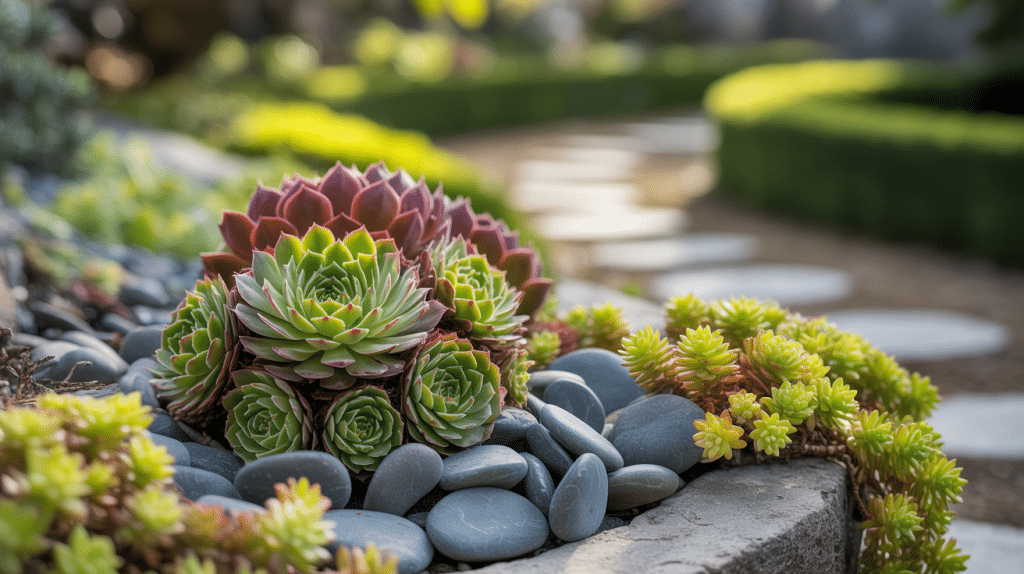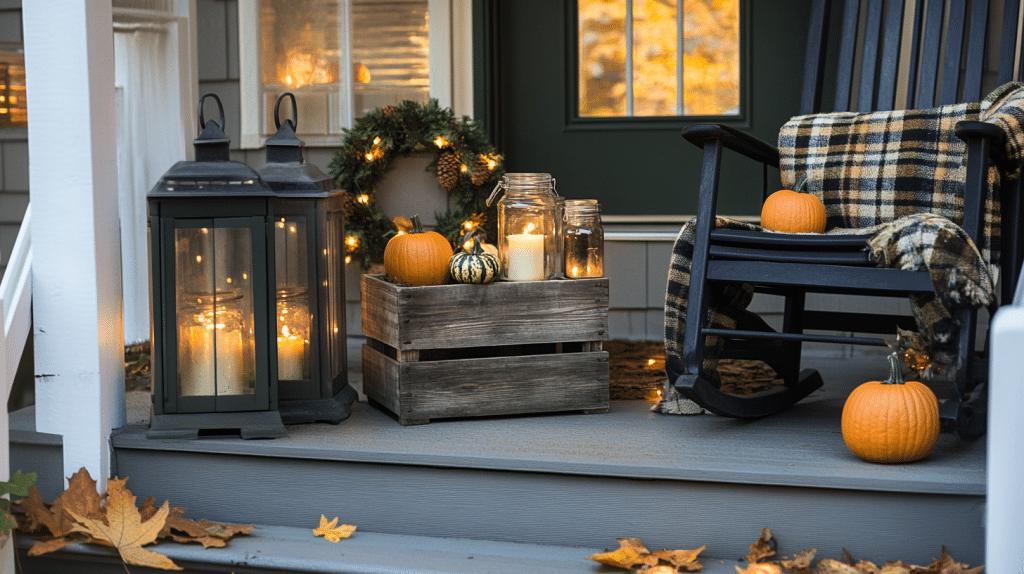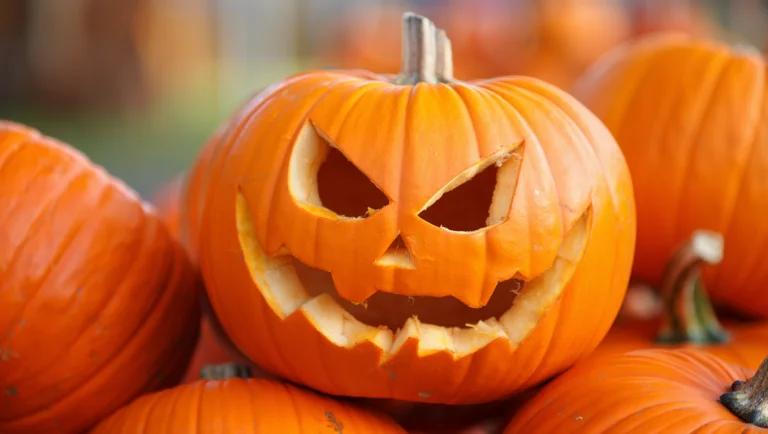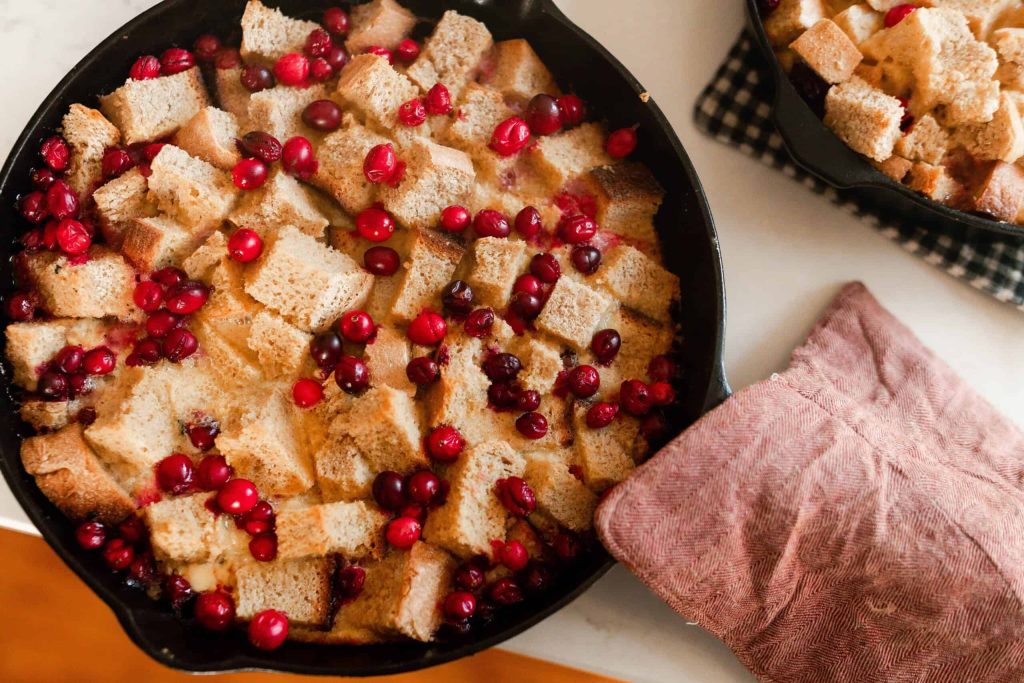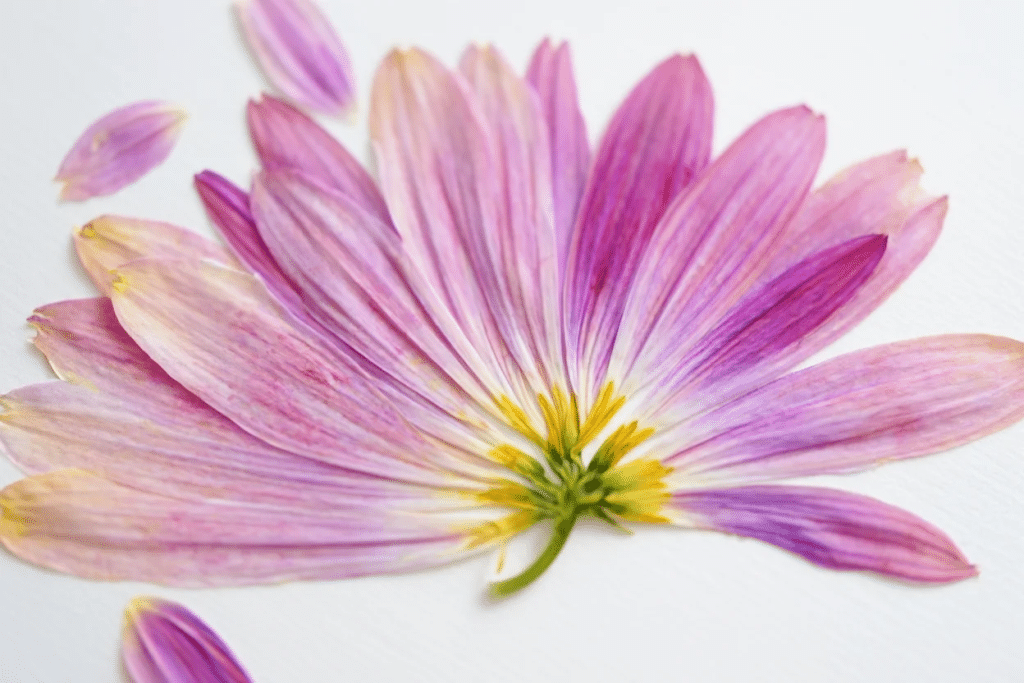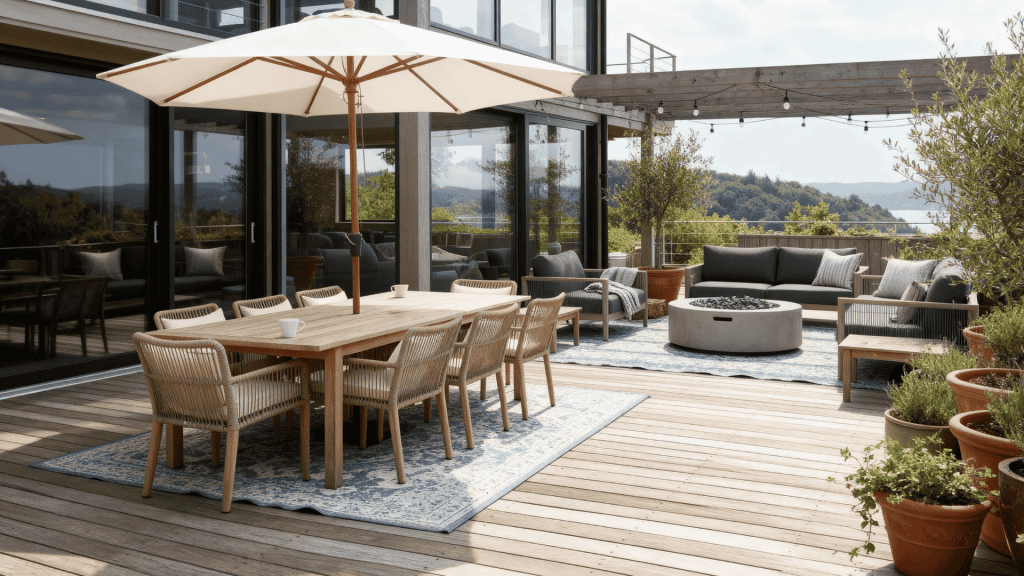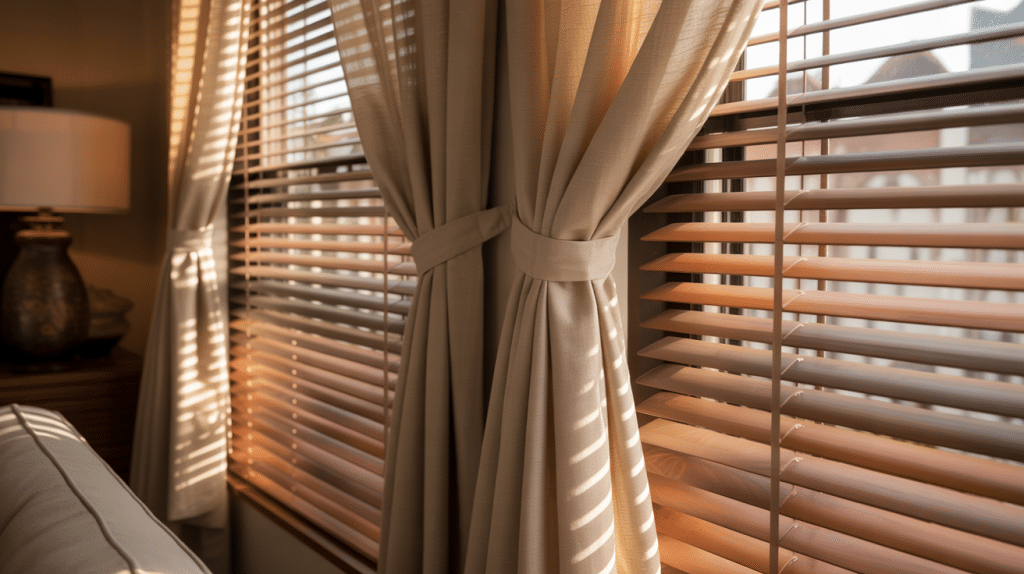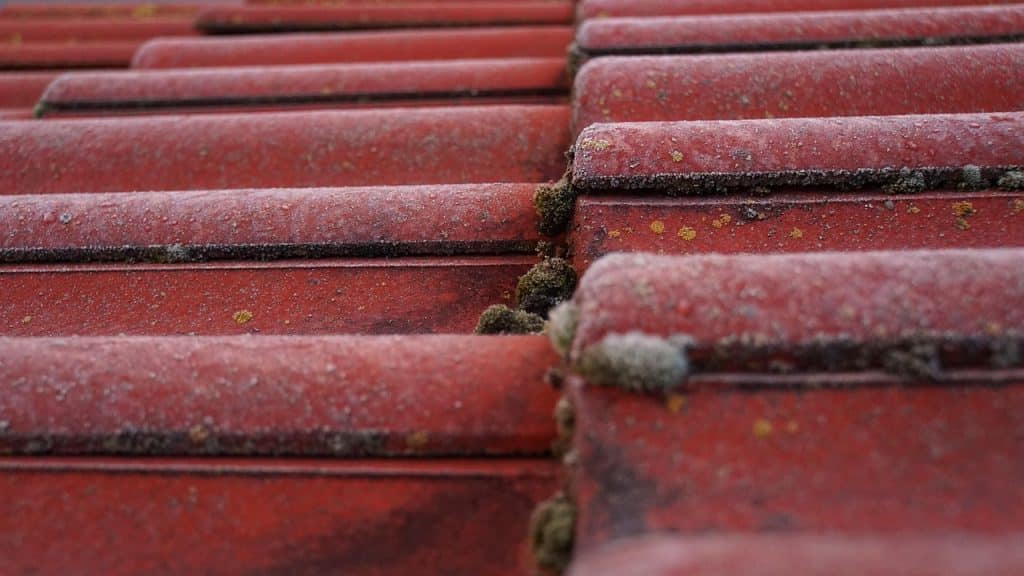Do you notice how many folks can’t stop buying those cute little succulents? They’re all over social media for good reason! These plants draw your eye with their weird shapes and cool colors.
But here’s something you might not know – many people buy them and watch them die within weeks. Sad, right?
Hardy varieties can withstand more than you might think. I’ll show you exactly how to pick, plant, and care for tough succulents that even a beginner can keep alive. Let’s get growing!
The Secret Behind Hardy Succulents
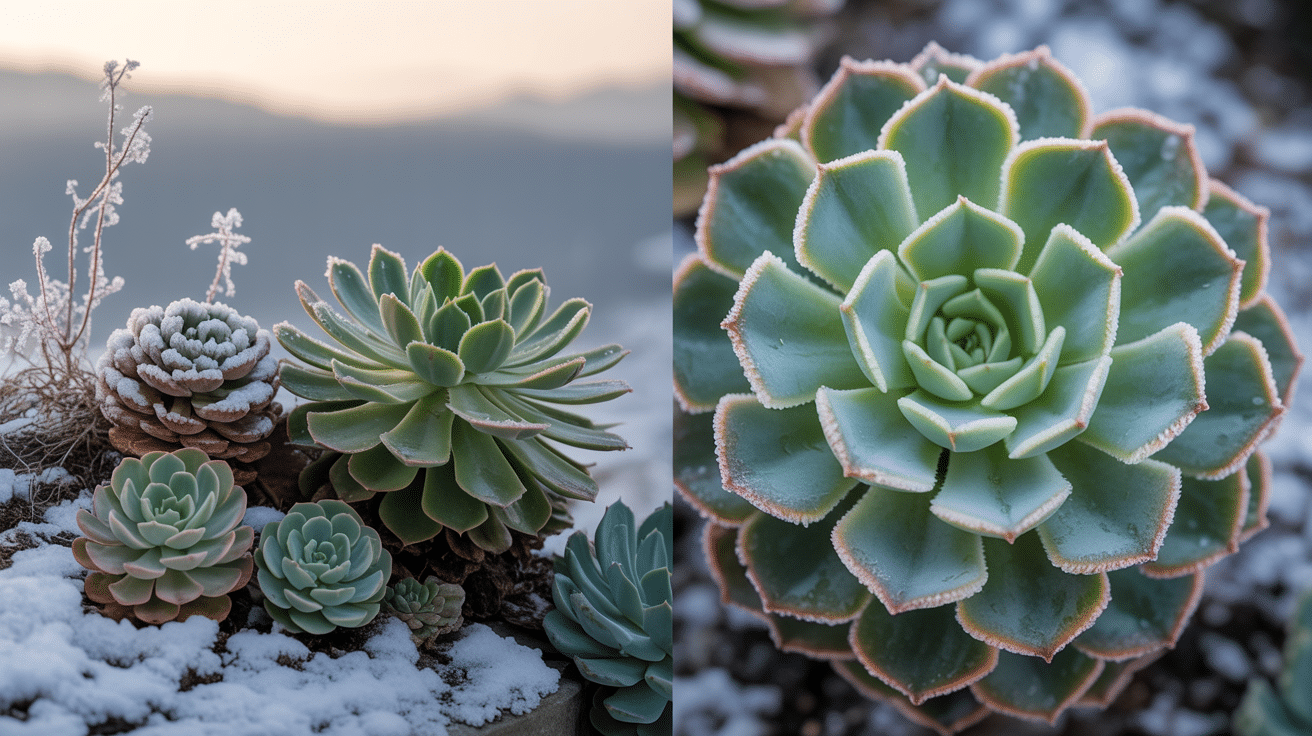
Not all succulents are created equal in terms of durability. Some are surprisingly tough and can boom in conditions that would quickly overwhelm their more soft relatives.
Hardy varieties can survive cold temperatures as low as 20°F, making them an excellent choice for outdoor gardens in cooler climates. They also excel in drought conditions, storing water in their leaves and stems, allowing them to survive for weeks without a drink. Their strong root systems dig deep to find moisture, even in dry or rocky soil.
What sets them apart is how they’re built. Their cells contain natural compounds that protect against freezing, acting like a built-in defense system. And they aren’t picky about soil; they’ll grow in rough, low-quality dirt where other plants would struggle.
If you’re looking for low-maintenance plants that can take a beating and still look great, these tough succulents are worth a spot in your garden.
The Standout Stars: Top Hardy Succulents for Outdoor Beauty
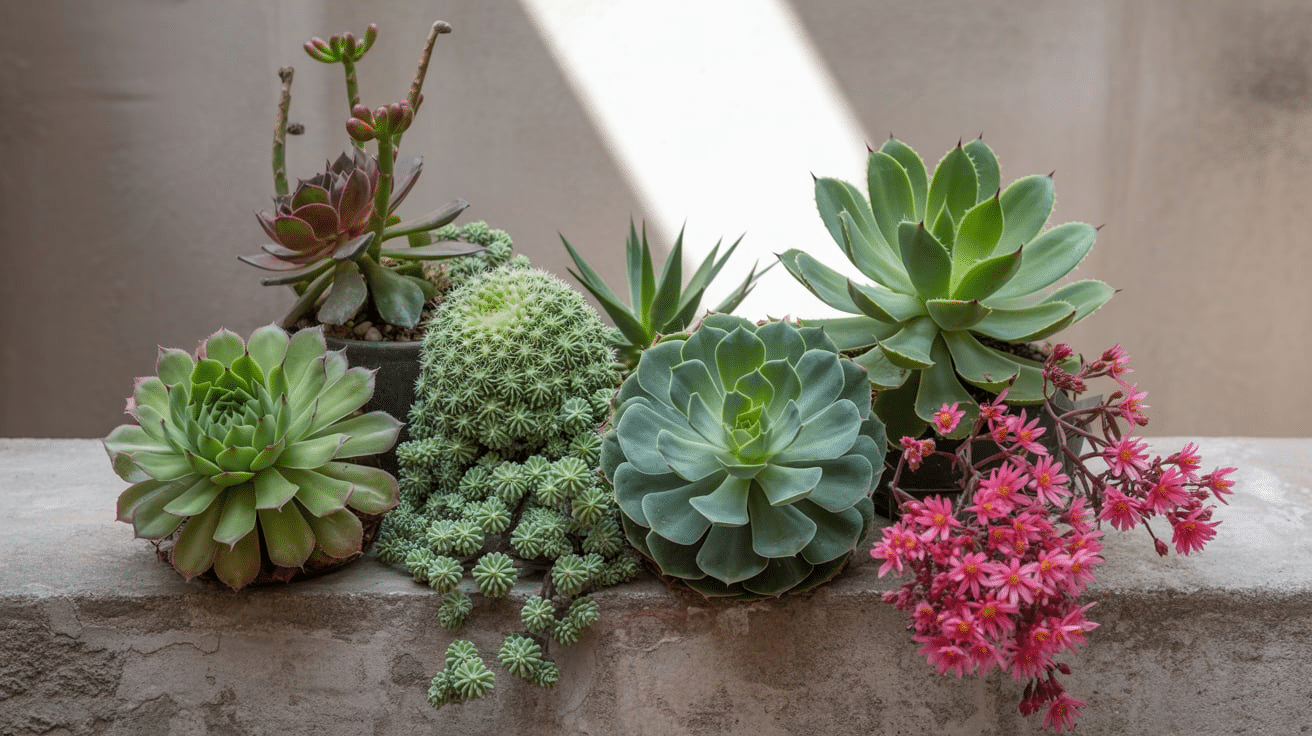
Hardy succulents demonstrate that toughness and beauty can coexist, even in the harshest climates. These standout varieties not only survive freezing winters but also add unique textures and colors to outdoor spaces year-round.
Sempervivum (Hens and Chicks)
Sempervivum is famous for its rosette forms and ability to withstand temperatures as low as -30°F. Their color shifts to dark reds and purples in cold weather, creating natural winter interest.
- Scientific name:Sempervivum species
- Key locations include: Rocky slopes, alpine regions, and Mediterranean mountains.
- Cold tolerance: These plants multiply quickly, producing many “chicks” around the parent plant
Sedum (Stonecrop)
Sedums are some of the most valuable plants for cold-climate gardens. Varieties like Sedum spectabile and Sedum dasyphyllum major bloom in cold climates where other succulents give up.
- Scientific name:Sedum species
- Key locations include: Rocky outcrops, stone walls, and dry meadows
- Seasonal changes: Sedum changes through the seasons – spring growth looks fresh and green
Agave
Agave species such as Agave parryi and Queen Victoria Agave make striking focal points in any garden. Their bold, thick leaves can withstand temperatures as low as 10°F or lower, depending on the type.
- Scientific name:Agave parryi, Agave victoria-reginae
- Key locations include: Desert regions of the southwestern United States and Mexico.
- Drainage needs: Agaves need good drainage more than anything else for winter survival
Opuntia (Prickly Pear)
Opuntias offer both good looks and edible fruit. These cacti bloom in extreme cold and add a bold look to the landscape.
- Scientific name:Opuntia ficus-indica
- Key locations include: Desert and semi-arid regions across North and South America.
- Winter hardiness: Eastern Prickly Pear can survive winters with temperatures dipping below zero
Delosperma (Ice Plant)
Delosperma cooperi is recognized for its vibrant, daisy-like flowers and its ability to bloom in temperatures as low as 0°F. It forms a green mat that stays colorful through winter.
- Scientific name:Delosperma cooperi
- Key locations include: South Africa’s rocky slopes and mountainous regions.
- Soil preferences: They bloom in poor soil and look better without rich compost or fertilizer
Adding Grace to Your Garden with Succulents
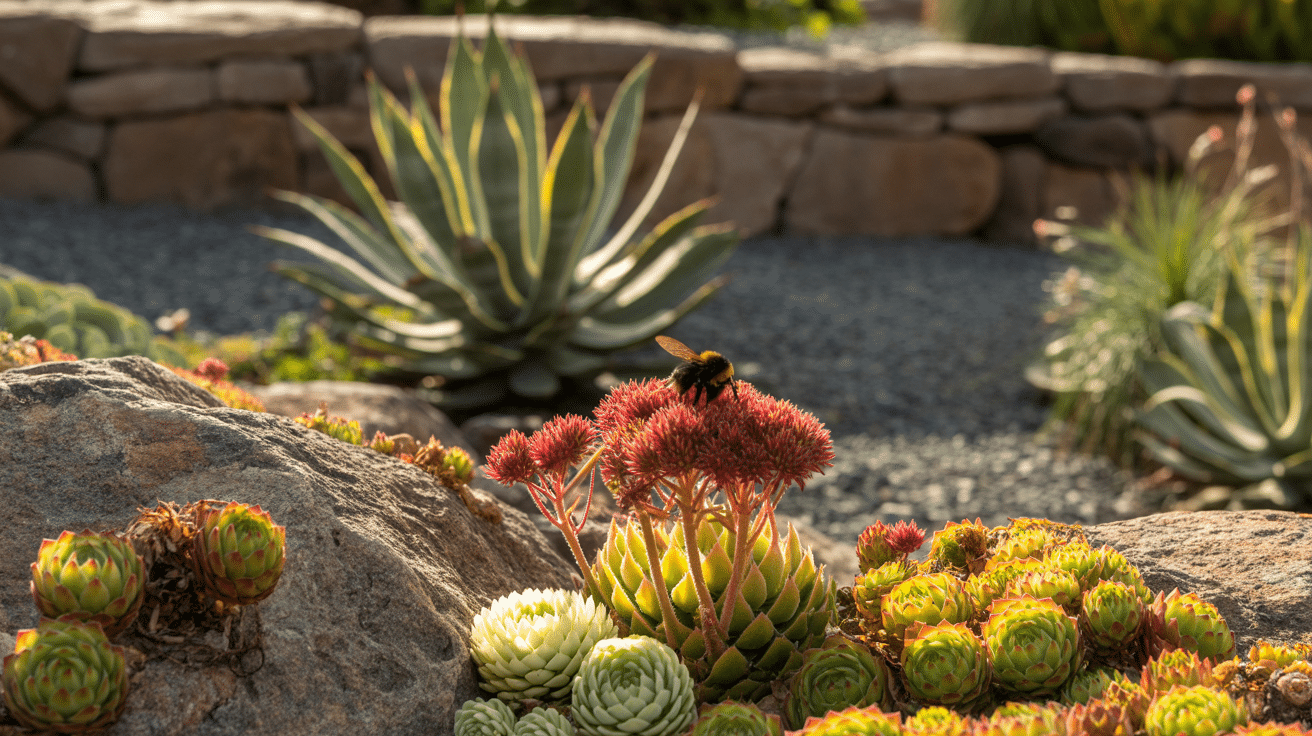
Hardy succulents make garden design easy and fun. I’ve found they work in spots where other plants fail. With their varied shapes and sizes, they fit into almost any garden style.
Creating eye-catching xeriscapes and rock gardens
- Place small rosettes in rock crevices for a natural look
- Group odd numbers (3, 5, 7) of the same type for visual impact
- Add small gravel mulch to complete the dry garden feel
- Let them spill over walls and edges to soften hard lines
Mixing plants of different heights creates depth in your garden. I like to put tall Agaves as focal points, with mid-height Sedums around them. Then, I fill in with low-growing Sempervivums to cover the ground. This layered look works all year.
Using succulents in containers and borders
- Try shallow bowls for tiny succulents
- Line pathways with colorful Ice Plants
- Fill cracks between pavers with creeping Sedums
- Use tall types as “exclamation points” in flower beds
I’ve noticed how many bees visit my succulent garden. To make your garden come alive, choose plants with simple, open flowers. Yellow, purple, and blue blooms seem to attract the most pollinators to my yard.
Ideas for pollinator-friendly succulent gardens
- Plant Sedum ‘Autumn Joy’ for late-season butterfly feeding
- Include Ice Plants for their daisy-like flowers
- Keep a water source nearby for thirsty visitors
- Skip pesticides to keep the bugs happy and healthy
Quick-Reference Table: Hardy Succulent Species and Their Zones
I’ve put together this handy chart to help you pick the right plants for your climate. It’s such a letdown to find out a plant can’t survive your winters after you’ve fallen in love with it!
This table shows which hardy succulents will bloom in your growing zone so that you can shop with confidence.
| Succulent Species | Cold Hardiness Zone | Minimum Temperature | Sun Needs | Special Features |
|---|---|---|---|---|
| Sempervivum tectorum | Zones 3-8 | -40°F | Full to part sun | Color changes with the seasons |
| Sedum spurium | Zones 3-9 | -30°F | Full sun | Fast-spreading ground cover |
| Opuntia humifusa | Zones 4-9 | -25°F | Full sun | Yellow flowers, red fruit |
| Agave parryi | Zones 5-10 | -10°F | Full sun | Blue-gray color, slow growth |
| Delosperma cooperi | Zones 5-9 | -10°F | Full sun | Purple flowers spring to fall |
| Rosularia sedoides | Zones 5-8 | -15°F | Part sun | Tiny green rosettes |
Planting and Caring for Succulents to Survive the Harshest Weather
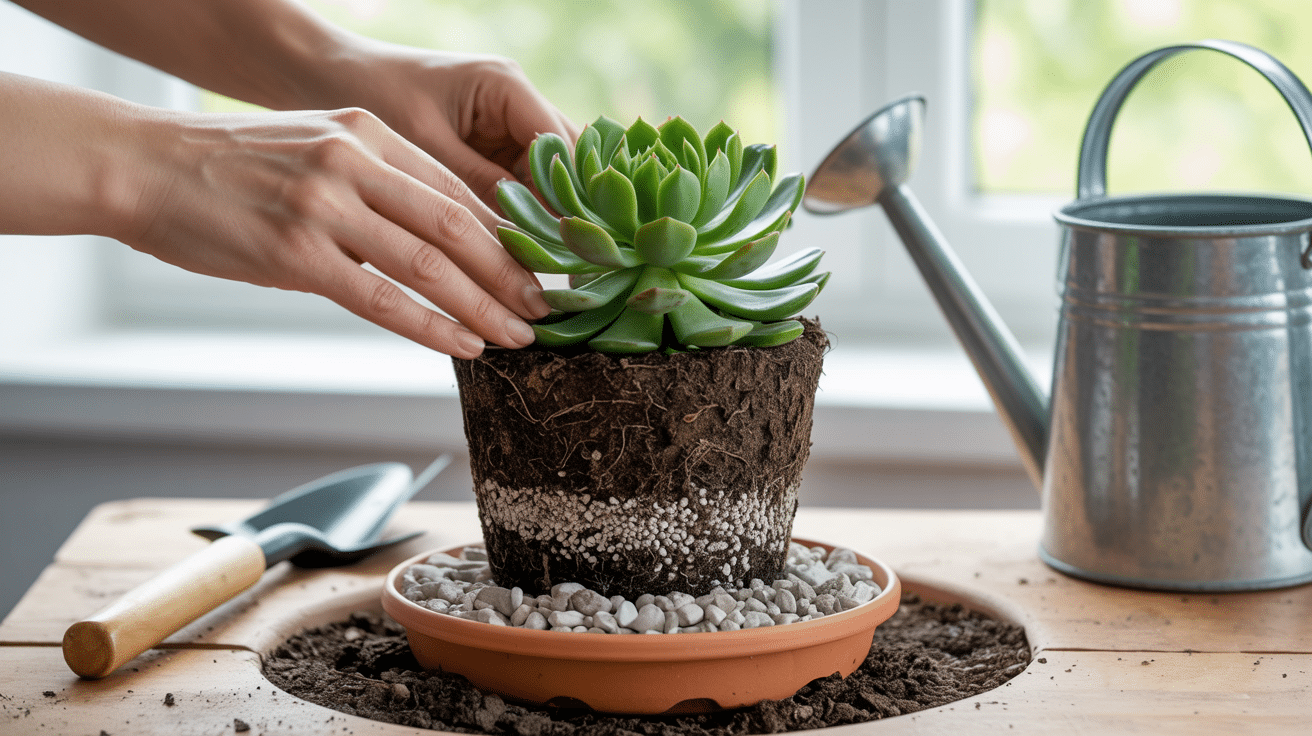
Growing tough succulents doesn’t take much work, but a few key steps make all the difference. I’ve killed my share of plants before learning these basics. Now, my succulents not only survive – they spread and bloom year after year.
- Choose a spot with at least 6 hours of direct sun daily.
- Ensure excellent drainage by adding pumice or coarse sand to your soil.
- Plant in spring or early fall to give roots time to establish before extreme weather.
- Space plants are based on their mature size to prevent overcrowding.
- Water deeply but infrequently – once every 2-3 weeks for new plants.
- Reduce watering to almost none during winter months.
- Skip fertilizer or use very diluted amounts once yearly in spring.
Wrapping It Up
Now you know why hardy succulents deserve a spot in your garden. These remarkable plants bring beauty without demanding constant attention.
So what’s next? Start small with just one or two types from our list. Place them in a sunny spot with well-drained soil and watch them bloom. They might change how you think about gardening. They prove that strong plants can also be stunning. Plus, they’ll save you time and water compared to fussier options.
I’d love to hear about your experiences with hardy succulents. Which varieties have worked in your garden? Have you created an eye-catching display with them? Share your story in the comments below.
Ready to grow? Your succulents are waiting!


